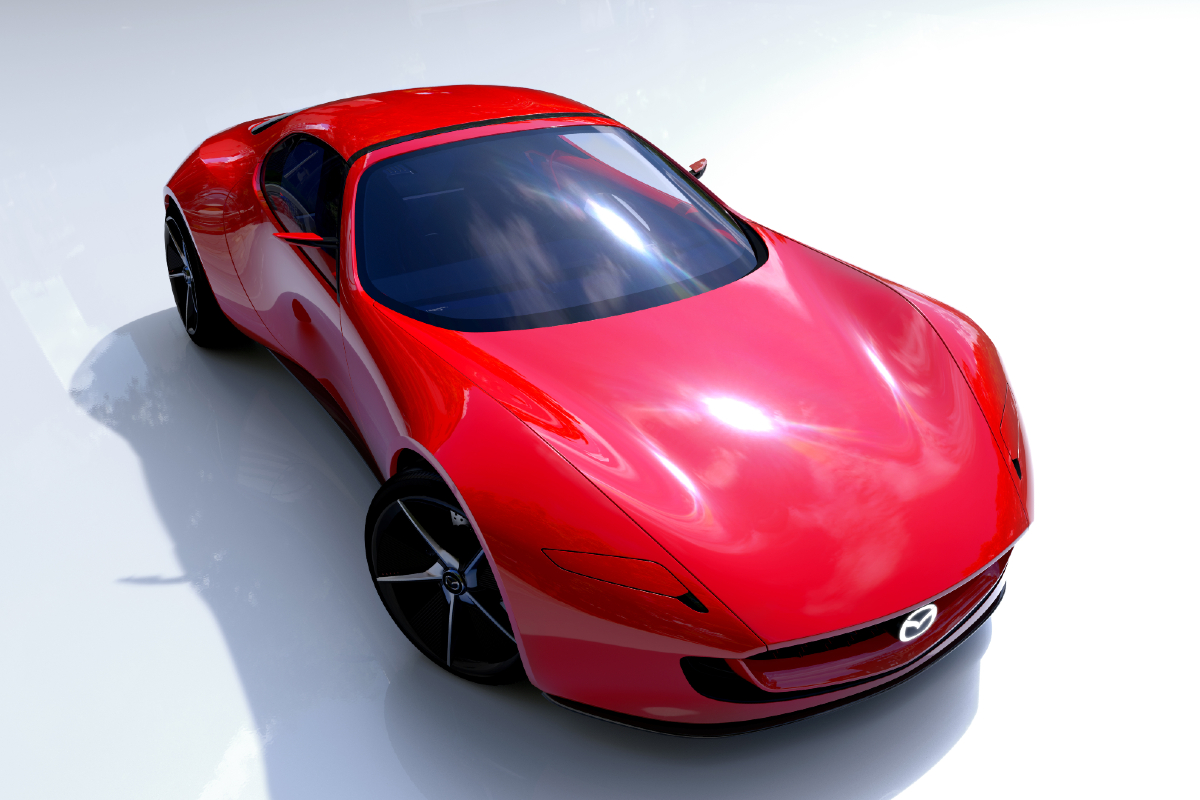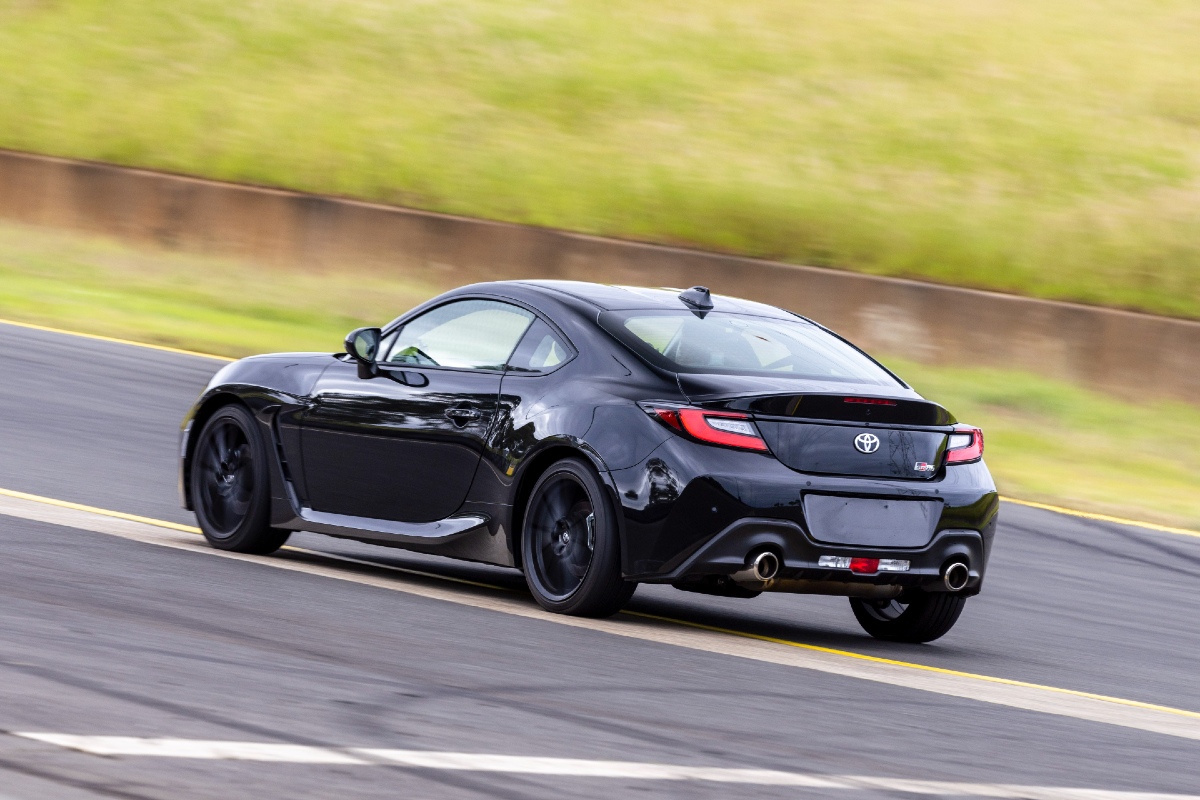
While the rest of the motoring world prepares for the end of internal combustion and invests heavily in electric cars, Japan refuses to give up on the humble engine.
Recently , Toyota, Subaru and Mazda announced they would jointly develop a brand new, next generation of internal combustion engines – some using alternative fuels, but all using hybridisation.
They believe the internal combustion engine has unfinished business with respect to solving the climate crisis, and has a pivotal role to play.
READ MORE: How Toyota could save the V8 engine
The new generation of internal combustion engines from the Japanese triumvirate will be made to run not just on the dirty dinosaur juice, but also synthetic e-fuels, biofuels and even liquid hydrogen – all fuels with carbon neutral potential.
The brands said integration with electric motors will also be huge, hinting at a new era of advanced hybrid engines – using spectacularly small amounts of fuel. Part of the focus is also creating more compact internal combustion engines – so small, in fact, they will “revolutionise” vehicle packaging. This will allow for lower bonnets, which improves aerodynamics and fuel efficiency.

As part of the announcement, Subaru showed off its new e-Boxer concept, which will see future Subarus continue to use a horizontally-opposed engine – traditionally not the most efficient of engine configurations. Future Subaru boxer engines will run as series-parallel hybrids – meaning the engine can power the wheels directly, or function solely as a generator charging a small battery, which in turn feeds an electric motor which does all the propulsion. This can save a lot of fuel.
Subaru engineers said they were able to mount the power control unit under the bonnet thanks to the boxer engine’s low, compact shape. Normally the power control unit is mounted towards the rear of the car, eating into fuel tank size. Future Subaru hybrids will be able to have larger fuel tanks, making for very long range, said engineers.
READ MORE: Why hydrogen could be the future in Australia
Mazda meanwhile showed off a new generation of rotary engines – one with a single rotor, one twin-rotor. The engines would work in hybrid applications with batteries and electric motors. One advantage of rotaries is they can run off almost anything – bioethanol, biodiesel, algae biofuels, synthetic e-fuel, methane and hydrogen are all compatible, where in piston engines they might not be. Mazda President Masahiro Moro said rotary engines were “omnivores with respect to fuel”.
Toyota showed off new 1.5-litre and 2.0-litre inline-fours, naturally aspirated and turbocharged, and with greater efficiency than the existing engines – themselves hardly gas-guzzlers. Its new 1.5-litre engine is 10 percent lower than the existing generation engine.

So why are these Japanese brands uniting to create new internal combustion engines, when European powerhouses such as Volkswagen are racing to turn off the development taps in order to invest in EVs? By joining forces, of course Toyota, Subaru and Mazda can save on development costs. Toyota owns 20 per cent of Subaru, and five per cent of Mazda. They’re all sort of in bed together to some degree.
But also investing in future engines will protect the many thousands of jobs in Japan that are currently required to make complicated internal combustion powertrains – and also those jobs in the associated supply chain. The automotive industry in Japan employs more than 5.45 million people. Japan would not want to see jobs lost to rival manufacturing nations such as China.
What that means for you and me, however, is many more years of explosion-powered vehicles from the Land of the Rising Sun. Don’t expect to see a fully electric MX-5 anytime soon.











Discussion about this post